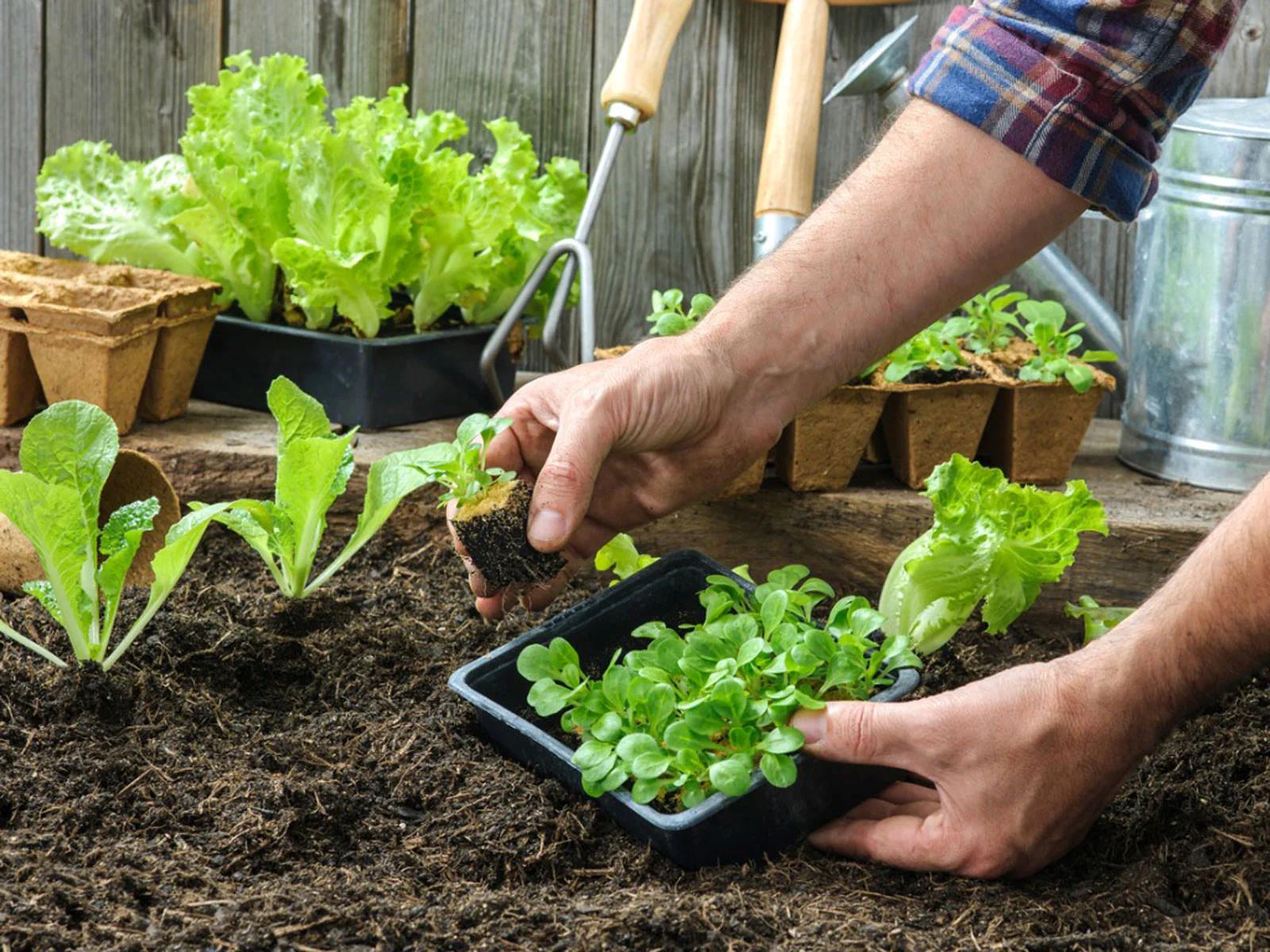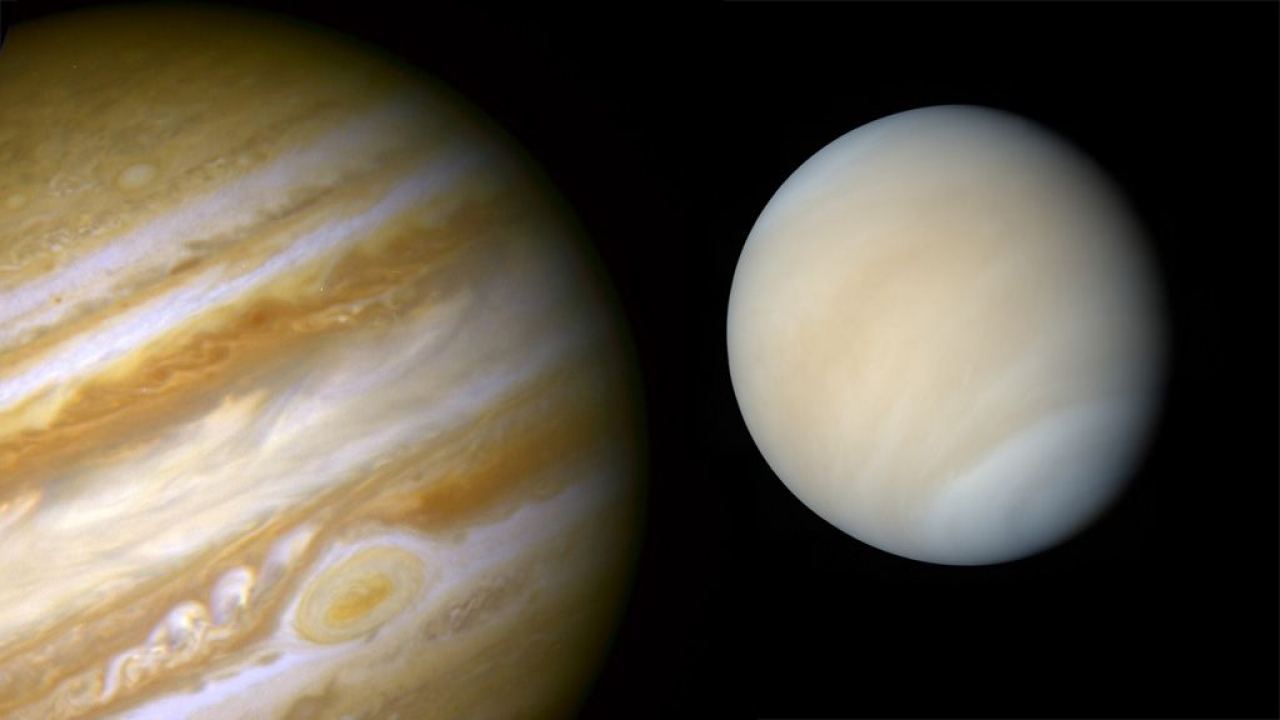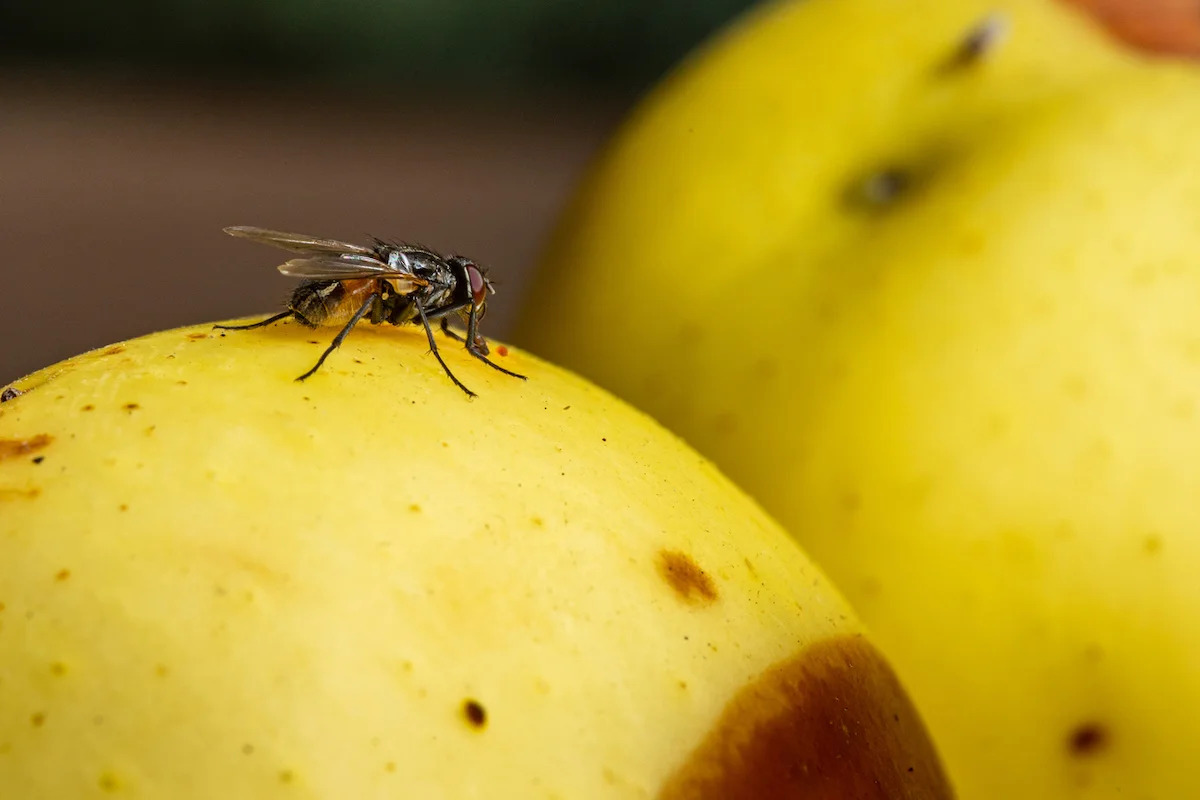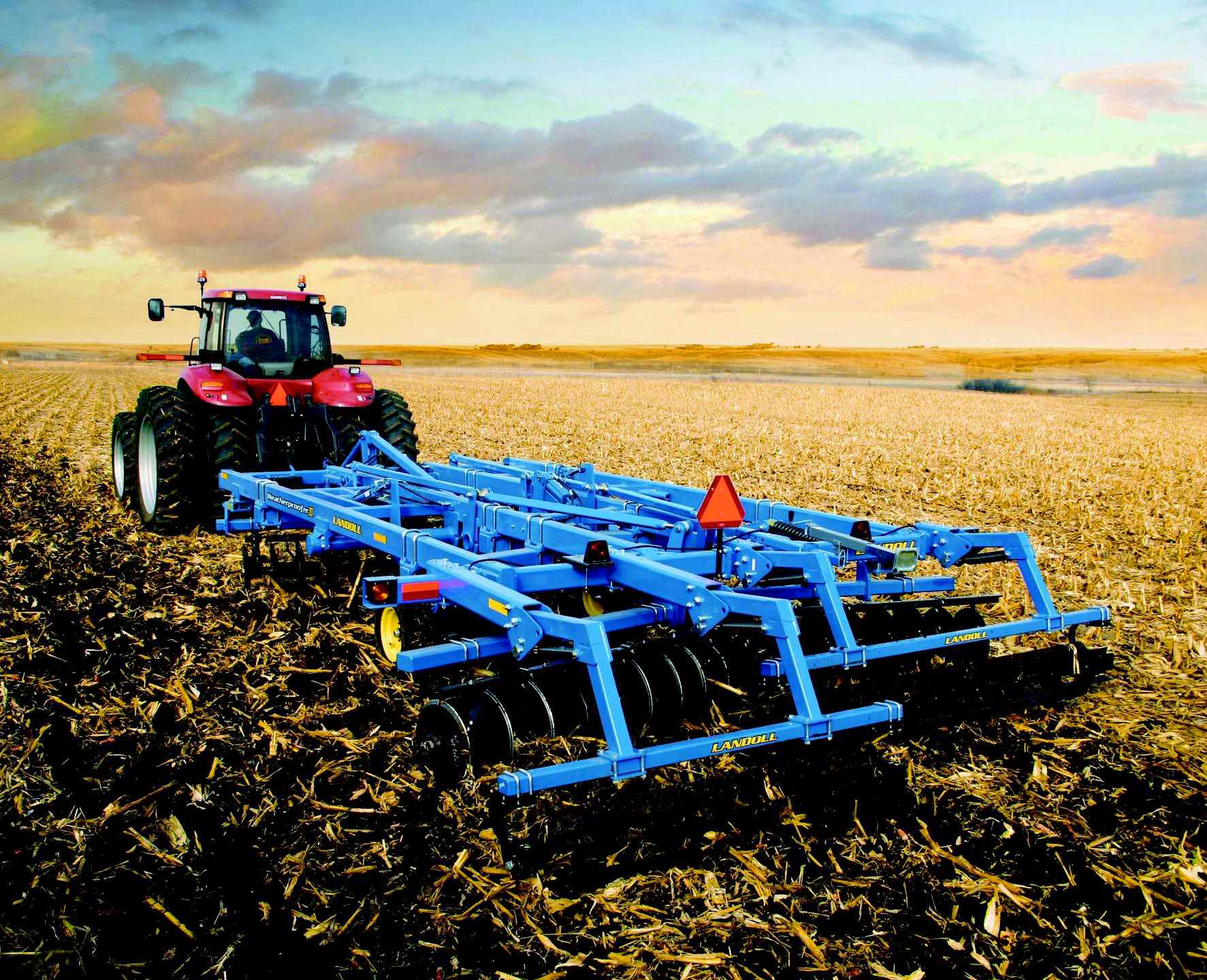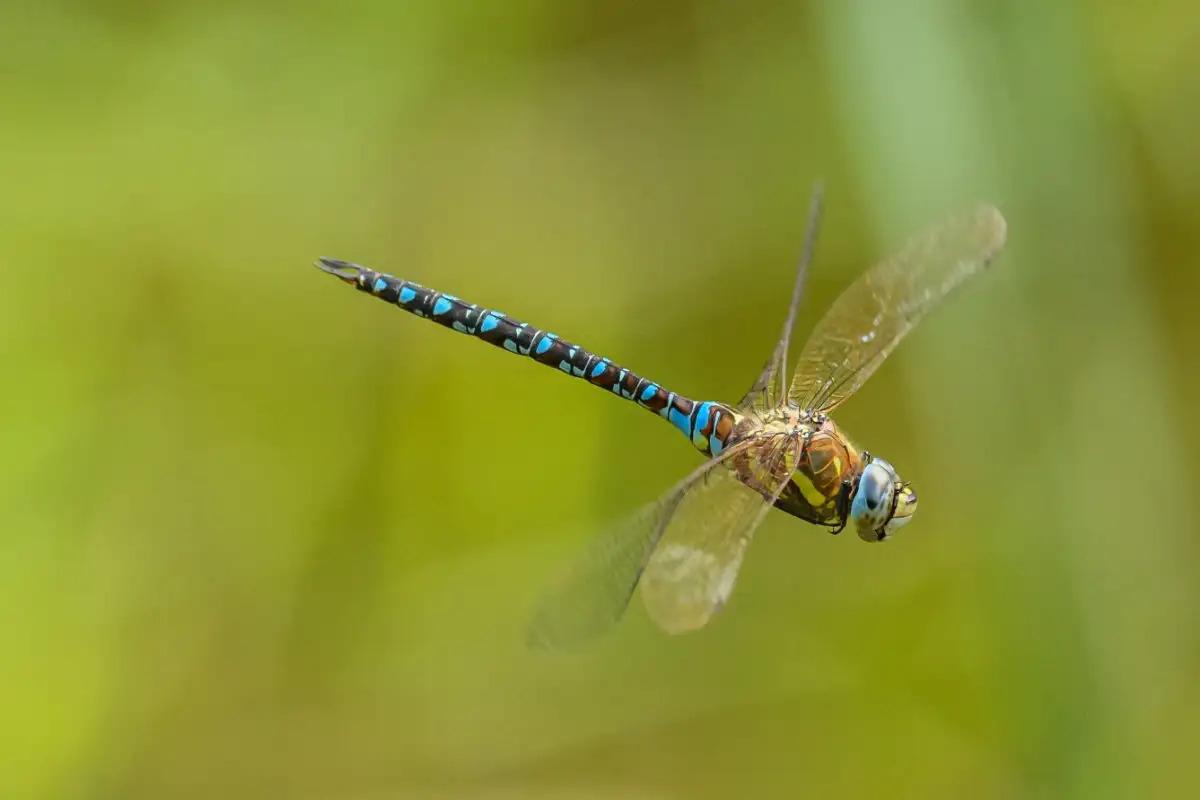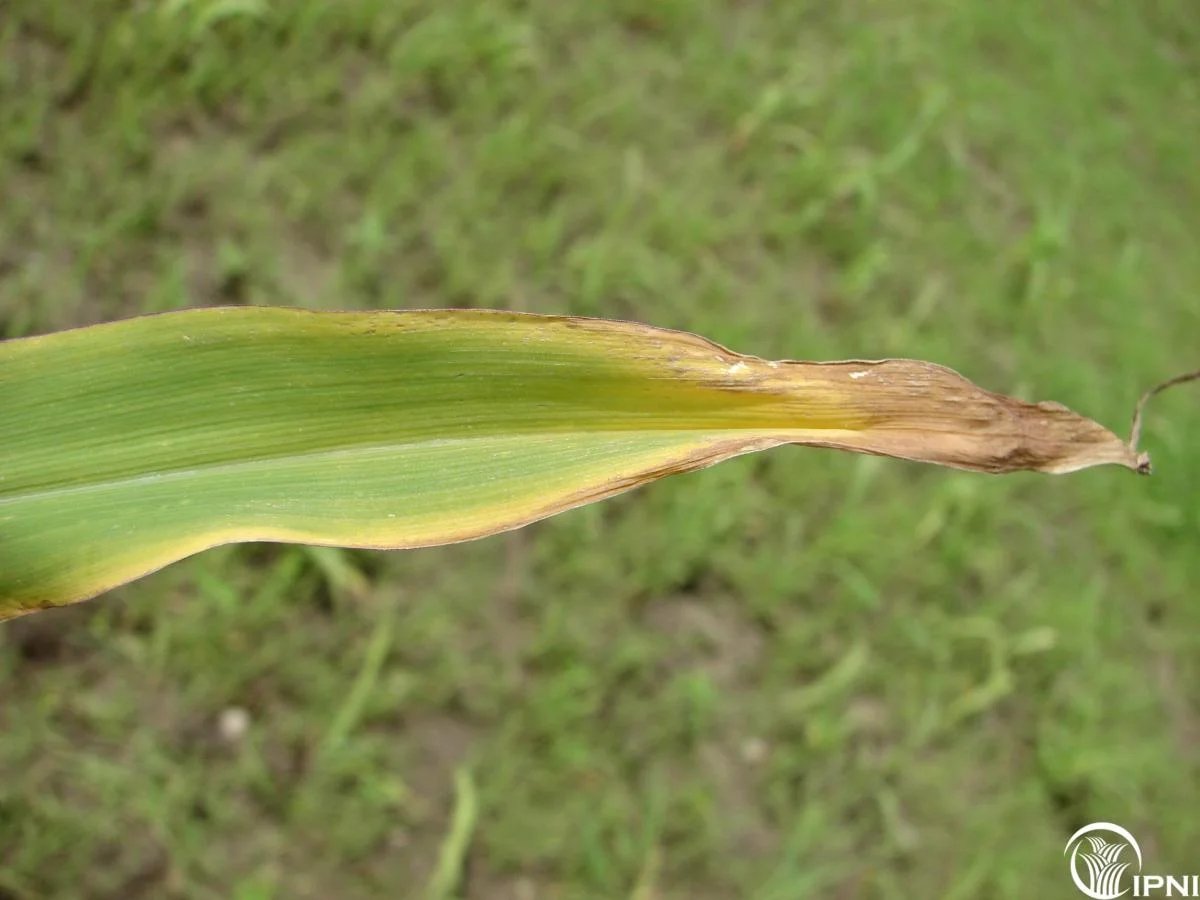Home>Gardening Basics>Understanding Soil>What Soil To Use For Venus Fly Trap


Understanding Soil
What Soil To Use For Venus Fly Trap
Published: February 6, 2024
Learn about the best soil for Venus fly traps and understand the importance of using the right soil mix for their growth and health. Discover the key factors in understanding soil for these unique carnivorous plants.
(Many of the links in this article redirect to a specific reviewed product. Your purchase of these products through affiliate links helps to generate commission for Chicagolandgardening.com, at no extra cost. Learn more)
Table of Contents
Introduction
Welcome to the fascinating world of Venus fly traps! These unique carnivorous plants have captivated the curiosity of nature enthusiasts and plant lovers for generations. In this comprehensive guide, we will delve into the crucial role that soil plays in nurturing healthy and thriving Venus fly traps. Whether you are a seasoned horticulturist or a novice plant enthusiast, understanding the intricacies of soil selection and maintenance is essential for the well-being of these captivating plants.
Venus fly traps, scientifically known as Dionaea muscipula, are renowned for their jaw-like foliage and their remarkable ability to trap and digest insects. Native to the boggy regions of North and South Carolina, these extraordinary plants require specific environmental conditions to flourish, with soil being a fundamental component. By gaining insight into the optimal soil composition and learning how to create and maintain the ideal soil environment, you can ensure the longevity and vitality of your Venus fly traps.
Throughout this guide, we will explore the characteristics of the ideal soil for Venus fly traps, the various types of soil suitable for these plants, and practical tips for crafting and sustaining healthy soil. Whether you are cultivating Venus fly traps indoors or in an outdoor garden, the knowledge and techniques shared in this article will empower you to provide the best possible soil conditions for these captivating carnivorous plants. So, let's embark on this enlightening journey into the world of Venus fly trap soil, where we will unravel the secrets to fostering thriving and robust plants.
Understanding the Venus Fly Trap
Before delving into the specifics of soil requirements, it is essential to grasp the unique nature of the Venus fly trap. These extraordinary plants have garnered widespread attention due to their captivating mechanism of capturing prey. Venus fly traps are native to the wetlands of the Carolinas in the United States, where they thrive in acidic, nutrient-deficient soil and high levels of humidity.
The distinctive feature of the Venus fly trap is its modified leaves, which form trap-like structures with sensitive trigger hairs. When an unsuspecting insect makes contact with these trigger hairs, the trap snaps shut with remarkable speed, entrapping the prey. Subsequently, the plant secretes digestive enzymes to break down the insect and absorb essential nutrients, compensating for the nutrient-poor environment in which it typically grows.
It is important to note that Venus fly traps require ample sunlight to fuel the process of photosynthesis, which is vital for their overall health and vigor. In their native habitat, these plants receive direct sunlight for several hours each day. When cultivating Venus fly traps indoors, it is crucial to replicate these light conditions to ensure their well-being.
Understanding the natural habitat and behavior of Venus fly traps is integral to providing them with suitable growing conditions, including the right soil composition. By comprehending their carnivorous nature and the environmental factors that support their growth, we can effectively tailor the soil environment to meet their specific needs, ultimately fostering robust and thriving plants.
The Importance of Soil for Venus Fly Traps
The soil in which Venus fly traps are cultivated plays a pivotal role in their overall health and vitality. As carnivorous plants adapted to nutrient-poor environments, they have evolved to derive essential nutrients from the organisms they capture, supplementing their diet with the nutrients available in the soil. Therefore, the composition and quality of the soil directly impact the plant’s ability to thrive and sustain its unique feeding mechanism.
Optimal soil conditions are crucial for supporting the intricate balance of moisture, aeration, and nutrient availability that Venus fly traps require. The right soil composition not only provides a stable foundation for the plants’ root systems but also facilitates the absorption of vital nutrients and minerals necessary for their growth and development. Additionally, suitable soil characteristics contribute to maintaining the appropriate level of moisture essential for the plants’ well-being.
Given the carnivorous nature of Venus fly traps, the soil must be free of any fertilizers, particularly those containing high levels of nitrogen, as excessive nitrogen can be detrimental to these plants. The absence of nutrient-rich soil is a defining feature of the Venus fly trap’s natural habitat, and replicating these conditions is crucial for their sustained health and survival. Furthermore, the soil’s pH level is of utmost importance, as Venus fly traps thrive in acidic environments with a pH range of 4.5 to 5.5.
Understanding the significance of soil for Venus fly traps underscores the necessity of selecting and maintaining the right soil composition to provide an environment that closely mimics their native habitat. By acknowledging the vital role of soil in supporting the unique dietary and environmental requirements of these captivating plants, we can ensure their long-term flourishing and the successful functioning of their captivating trapping mechanism.
Characteristics of Ideal Soil for Venus Fly Traps
The ideal soil for Venus fly traps possesses specific characteristics that are essential for nurturing these captivating carnivorous plants. Understanding and replicating the natural habitat of Venus fly traps is crucial when selecting soil for their cultivation. The following key characteristics define the optimal soil environment for Venus fly traps:
- Acidic pH: Venus fly traps thrive in acidic soil with a pH range of 4.5 to 5.5. This low pH level is vital for the plants’ nutrient absorption and overall well-being, mirroring the acidic conditions of their native habitat in the boggy regions of the Carolinas.
- Low Nutrient Content: The soil should be nutrient-deficient, particularly in terms of nitrogen. Venus fly traps have adapted to thrive in environments where nutrients are scarce, relying on their carnivorous behavior to supplement their nutritional needs. Therefore, the absence of nutrient-rich soil is crucial for their sustained health.
- Good Drainage: Proper drainage is essential to prevent waterlogging, which can be detrimental to the roots of Venus fly traps. Well-draining soil ensures that excessive moisture does not accumulate around the roots, helping to maintain the optimal balance of moisture required for the plants’ growth.
- Aeration: The soil should allow for adequate aeration, promoting oxygen flow to the roots and preventing the risk of root rot. This is particularly important in potted Venus fly traps, where the soil structure directly impacts the plants’ root health and overall vitality.
- Organic Matter: While the soil should be nutrient-deficient, a small amount of organic matter, such as sphagnum moss or perlite, can be beneficial. These components contribute to the soil’s texture and moisture retention, supporting the plants’ root systems and overall vigor.
By incorporating these essential characteristics into the soil composition, we can create an environment that mirrors the natural habitat of Venus fly traps, fostering their optimal growth and well-being. Understanding the specific soil requirements of these unique carnivorous plants is fundamental to providing them with a nurturing and sustainable environment, ultimately contributing to their longevity and vitality.
Types of Soil to Use for Venus Fly Traps
When selecting soil for Venus fly traps, it is crucial to consider the specific types that align with the plants’ natural habitat and dietary requirements. Several soil options are well-suited for cultivating these captivating carnivorous plants, each offering unique benefits that cater to their distinctive needs:
- Sphagnum Peat Moss: Sphagnum peat moss is a popular choice for Venus fly traps due to its acidic nature and excellent moisture retention properties. It provides the low pH environment essential for these plants while ensuring adequate moisture levels to support their growth.
- Perlite: Perlite, a lightweight volcanic glass, is often incorporated into Venus fly trap soil mixes to enhance drainage and aeration. Its porous nature prevents soil compaction and facilitates optimal air circulation around the roots, contributing to the overall health of the plants.
- Long-Fibered Sphagnum Moss: Long-fibered sphagnum moss offers superior moisture retention and aeration, making it an ideal component for Venus fly trap soil. Its fibrous structure promotes root health and provides the necessary moisture levels without waterlogging the soil.
- Peat-Based Soil Mixes: Peat-based soil mixes, combined with perlite or sand for improved drainage, offer a suitable environment for Venus fly traps. These mixes provide the acidic and nutrient-deficient conditions necessary for the plants’ well-being, supporting their unique dietary requirements.
- Coconut Coir: Coconut coir, derived from coconut husks, is a sustainable alternative for Venus fly trap soil. It provides good drainage and aeration while maintaining adequate moisture levels, creating a favorable environment for the plants to thrive.
These soil types can be used individually or combined to create a well-balanced and nutrient-deficient environment that mirrors the natural habitat of Venus fly traps. When sourcing or preparing soil for these plants, it is essential to prioritize the characteristics that align with their specific needs, including acidity, moisture retention, and aeration. By selecting the appropriate soil types and understanding their benefits, we can establish an environment conducive to the sustained health and vitality of Venus fly traps.
Making Your Own Venus Fly Trap Soil
Creating a custom soil mix for Venus fly traps allows you to tailor the environment to meet the specific needs of these unique carnivorous plants. By combining select components, you can replicate the nutrient-deficient and acidic conditions of their native habitat, fostering optimal growth and vitality. Here’s a guide to making your own Venus fly trap soil:
Ingredients:
1. Sphagnum Peat Moss: This forms the foundation of the soil mix, providing the necessary acidity and moisture retention essential for Venus fly traps.
2. Perlite: Incorporating perlite enhances drainage and aeration, preventing soil compaction and promoting optimal root health.
3. Long-Fibered Sphagnum Moss: Adding long-fibered sphagnum moss further improves moisture retention and aeration, contributing to the overall well-being of the plants.
4. Distilled Water: Distilled water is used to moisten the soil mix, ensuring that it reaches the desired consistency before potting the Venus fly traps.
Steps:
1. Begin by combining equal parts of sphagnum peat moss and perlite in a large container. The ratio can be adjusted based on the specific moisture and aeration requirements of your Venus fly traps.
2. Gradually add long-fibered sphagnum moss to the mix, ensuring thorough integration to promote optimal moisture retention and root development.
3. Slowly moisten the soil mix with distilled water, blending it thoroughly until the desired consistency is achieved. The soil should be moist but not waterlogged, providing the ideal environment for potting the Venus fly traps.
4. Once the soil mix is prepared, gently pot the Venus fly traps, ensuring that their roots are adequately covered and supported by the custom soil blend.
By crafting your own Venus fly trap soil, you can fine-tune the composition to align with the specific requirements of these captivating plants. This tailored approach enables you to create an environment that mirrors their natural habitat, promoting their long-term health and vitality. Understanding the process of preparing custom soil mixes empowers you to provide the best possible growing conditions for Venus fly traps, ultimately contributing to their thriving and sustainable cultivation.
Tips for Maintaining Healthy Soil for Venus Fly Traps
Maintaining healthy soil is essential for the sustained well-being of Venus fly traps, ensuring that the environment remains conducive to their unique dietary and environmental requirements. By implementing the following tips, you can uphold the optimal conditions necessary for the plants’ growth and longevity:
- Monitoring Moisture Levels: Regularly assess the moisture content of the soil to prevent it from becoming overly dry or waterlogged. Venus fly traps thrive in consistently moist soil, so maintaining the right moisture balance is crucial for their health.
- Using Distilled Water: When watering Venus fly traps, utilize distilled water or rainwater to prevent the accumulation of minerals and chemicals that can be detrimental to the plants. Tap water often contains additives that can harm the sensitive root systems of these carnivorous plants.
- Providing Adequate Sunlight: Ensure that Venus fly traps receive ample sunlight, replicating the direct sun exposure they would experience in their natural habitat. Position them in a location where they can receive several hours of sunlight each day, promoting robust growth and vibrant foliage.
- Regular Feeding: While Venus fly traps can capture insects on their own, occasional feeding can supplement their nutritional intake. Avoid overfeeding, as this can lead to stress on the plants. Offering small insects, such as fruit flies, supports their dietary needs without overwhelming them.
- Practicing Gentle Maintenance: When tending to Venus fly traps, handle them with care to avoid damaging their delicate traps and foliage. Refrain from triggering the traps unnecessarily, as this can deplete the plants’ energy reserves.
- Repotting When Necessary: As Venus fly traps grow, they may require repotting to accommodate their expanding root systems. When repotting, ensure that the new soil mix aligns with their specific requirements, promoting uninterrupted growth and vitality.
By adhering to these guidelines and maintaining a vigilant approach to soil care, you can create an environment that supports the sustained health and vigor of Venus fly traps. Consistently monitoring and nurturing the soil contributes to the overall well-being of these captivating carnivorous plants, fostering an environment where they can thrive and exhibit their remarkable trapping mechanism.
Conclusion
Embarking on the journey of cultivating Venus fly traps unveils a world of captivating botanical wonders, where the intricate balance of soil composition, moisture levels, and environmental factors plays a pivotal role in nurturing these extraordinary carnivorous plants. By gaining a comprehensive understanding of the ideal soil characteristics, exploring suitable soil types, and learning the art of crafting custom soil mixes, you can create an environment that mirrors the natural habitat of Venus fly traps, fostering their sustained health and vitality.
The significance of soil for Venus fly traps extends beyond mere physical support, encompassing the provision of essential nutrients, the maintenance of optimal moisture levels, and the creation of an environment that aligns with their carnivorous nature. By prioritizing the acidic, nutrient-deficient, and well-draining qualities of the soil, we can establish a foundation that supports the plants’ unique dietary requirements and overall well-being.
As stewards of these captivating plants, it is our responsibility to uphold the principles of soil care, ensuring that the environment remains conducive to their growth and sustenance. By implementing the tips for maintaining healthy soil, we can create an ecosystem where Venus fly traps flourish, exhibiting their remarkable trapping mechanism and thriving in their botanical splendor.
In embracing the art of cultivating Venus fly traps and nurturing their soil, we become custodians of a wondrous natural spectacle, where the delicate balance of soil and environmental factors intertwines with the captivating behavior of these carnivorous plants. As we continue to explore and appreciate the marvels of Venus fly traps, let us cherish the profound connection between soil, plant, and caretaker, fostering a harmonious environment where these captivating botanical wonders can thrive for years to come.
